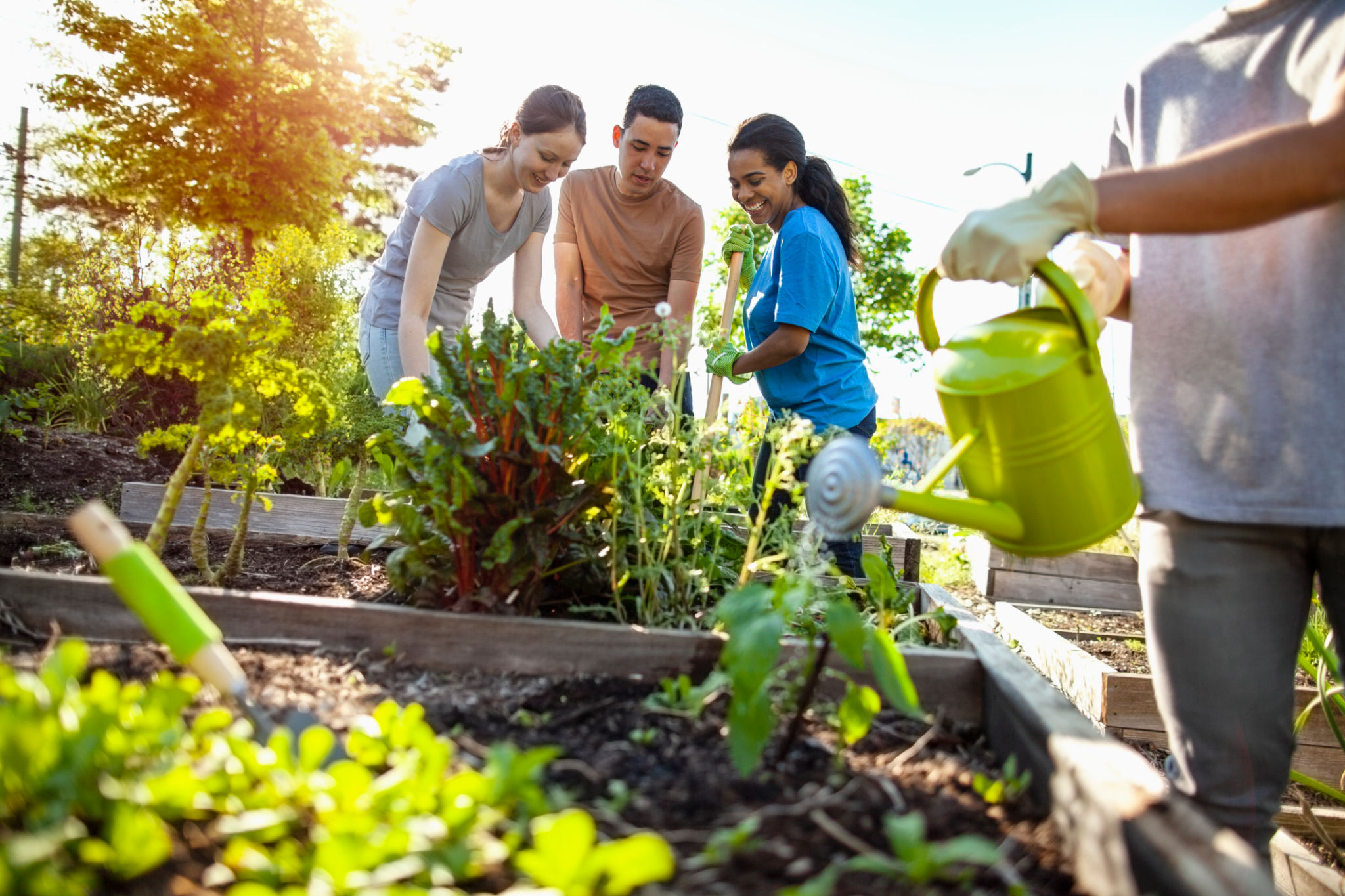How to Implement Sustainable Landscaping in Your Urban Home
Understanding Sustainable Landscaping
Sustainable landscaping is more than just a trend; it's a necessity for urban dwellers looking to reduce their environmental footprint. This approach to gardening and landscaping takes into consideration the long-term health of the ecosystem, using resources efficiently while maintaining a beautiful, functional space. By implementing sustainable practices, homeowners can help combat climate change, improve biodiversity, and create a healthier living environment.

Assessing Your Space
Before diving into sustainable landscaping, it's crucial to assess your available space. Consider the size, sunlight exposure, soil type, and existing vegetation. Understanding these factors will help you determine which plants are most likely to thrive and what changes need to be made to enhance your landscape's sustainability. Conduct a soil test to check nutrient levels and pH balance; this information will guide your plant selection and amendment needs.
Creating a Water-Efficient Landscape
Water efficiency is a cornerstone of sustainable landscaping. In urban settings, where water can be scarce or expensive, conserving this resource is key. Implementing drip irrigation systems and collecting rainwater in barrels are effective ways to minimize water usage. Additionally, choosing drought-tolerant plants can significantly reduce the amount of water required to maintain your garden.

Choosing Native Plants
Opting for native plants is a smart move for any sustainable landscape. These plants are naturally adapted to the local climate and soil conditions, making them more resilient and less resource-intensive. Native plants require less water, fertilizer, and pesticide use, which contributes to a healthier ecosystem. Furthermore, they provide essential habitats for local wildlife, including birds and pollinators.
Incorporating Edible Plants
Another aspect of sustainable landscaping is incorporating edible plants into your garden. Growing your own fruits, vegetables, and herbs can reduce your carbon footprint by decreasing the need for store-bought produce, which often requires transportation and packaging. Consider planting a small vegetable patch or integrating herbs into your flower beds for a practical and sustainable addition.

Utilizing Recycled Materials
To further enhance sustainability, use recycled materials for garden structures and pathways. Repurposing items like old bricks, stones, or wood not only reduces waste but also adds character to your landscape. Create walkways with reclaimed materials or build raised beds from recycled timber to give your garden a unique and eco-friendly touch.
Practicing Organic Maintenance
Maintaining your sustainable landscape involves adopting organic practices. Avoid chemical fertilizers and pesticides, opting instead for natural alternatives like compost and mulch to enrich the soil and control pests. Regularly prune plants to encourage healthy growth and use manual tools instead of gas-powered ones to reduce emissions.
Monitoring and Adapting
Sustainable landscaping is an ongoing process that requires monitoring and adaptation. Regularly assess the health of your plants and make adjustments as needed to improve their resilience. Stay informed about new sustainable practices and technological advancements that can further enhance your landscape's sustainability.

By implementing these strategies, you can transform your urban home into a sustainable sanctuary that benefits both you and the environment. Embrace the challenge of creating a space that is not only aesthetically pleasing but also ecologically responsible.